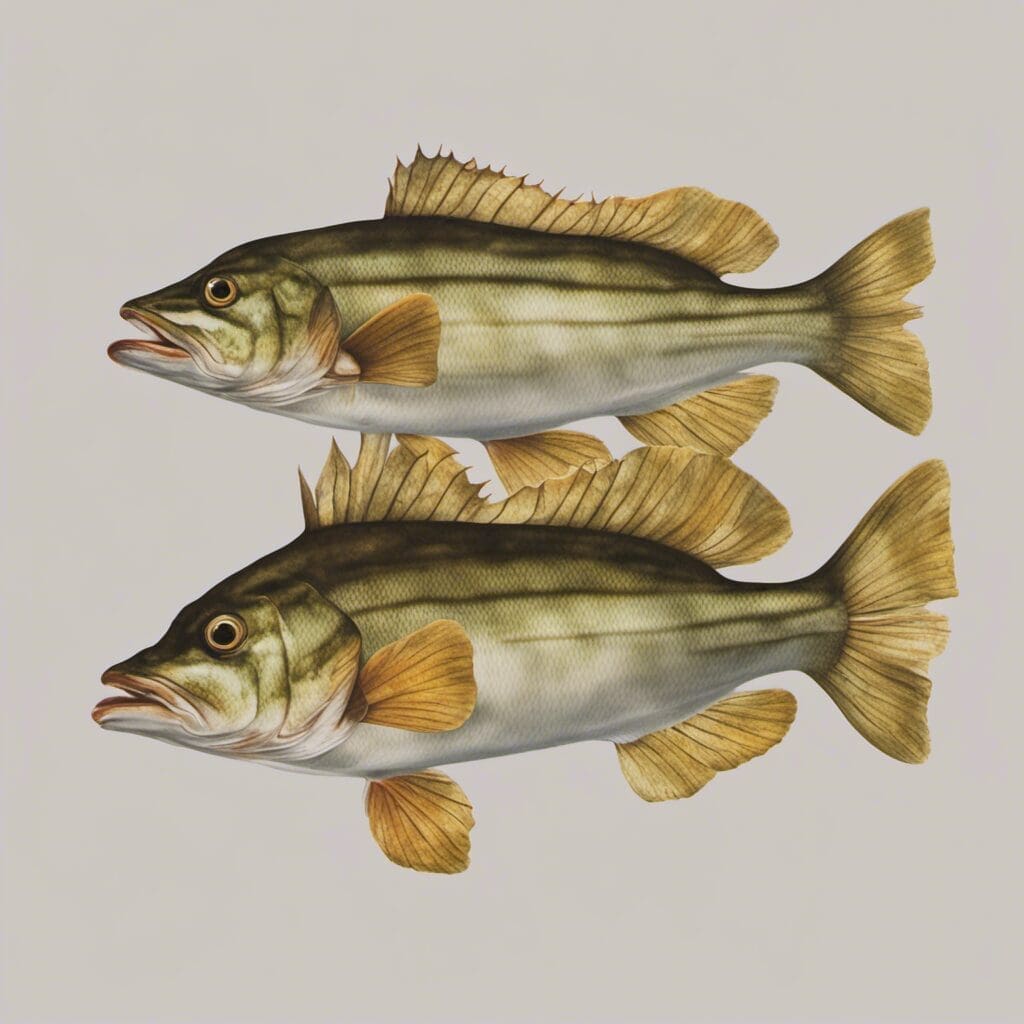Introduction
The Kelp Greenling (Hexagrammos decagrammus) is a species of fish that belongs to the family Hexagrammidae.
Conservation Status
The Kelp Greenling is currently identified as a species of least concern. These fish are numerous in their area of distribution, and their population is considered to be stable. While there are no major conservation efforts targeted specifically towards Kelp Greenling, these fish benefit indirectly from a variety of marine protection and fisheries management practices.
Statistics
| Aspect | Average | Range |
|---|---|---|
| Length | 50 cm | 30 – 70 cm |
| Weight | 1.5 kg | 0.5 - 2.5 kg |
| Lifespan | 11 years | N/A |
Distribution
Kelp Greenling are distributed in the North Pacific, from southern Alaska to Baja California. There are no known specific migration patterns for this species.
Habitats
These marine fish prefer a temperate climate and are found in the demersal depth range from 0 to 150 meters. They inhabit rocky areas and kelp forests, and are well adapted to cold water temperatures.
When and Where to See
Kelp Greenling can be spotted throughout the year with high frequency in the mornings and evenings.
Best Fishing Locations
The top locations for Kelp Greenling include:
- Prince William Sound, Alaska
- Gulf of Alaska
- Vancouver Island, Canada
- Puget Sound, Washington
- San Juan Islands, Washington
- Oregon Coast
- Monterey Bay, California
- Channel Islands, California
- La Jolla, California
- Cape Mendocino, California
How to Catch
Kelp Greenling are attracted to a variety of lures and baits including shrimp, crab, and squid. Fly fishing and bottom fishing are effective techniques when targeting this species.
Identification Guide
Kelp Greenling are easily identifiable with their bright green or blue spots on a background of light grey or brown. Males are typically bluish green while females are usually a light brownish grey.
Culinary
Kelp Greenling are enjoyed for their lean, mild, and slightly sweet meat. They can be prepared in a variety of ways such as grilling, broiling, and baking.
Nutritional Information (per 100g serving): 19g of protein, 1g of fat, and 85 calories.
Additional Information
Kelp Greenling feed on a diet consisting mainly of crustaceans, molluscs, and smaller fish. They have few natural predators but are threatened by overfishing and habitat degradation.
References and Further Reading
- FishBase – Kelp Greenling
- Alaska Department of Fish and Game – Kelp Greenling
- Alaska Seafood – Kelp Greenling Profile

